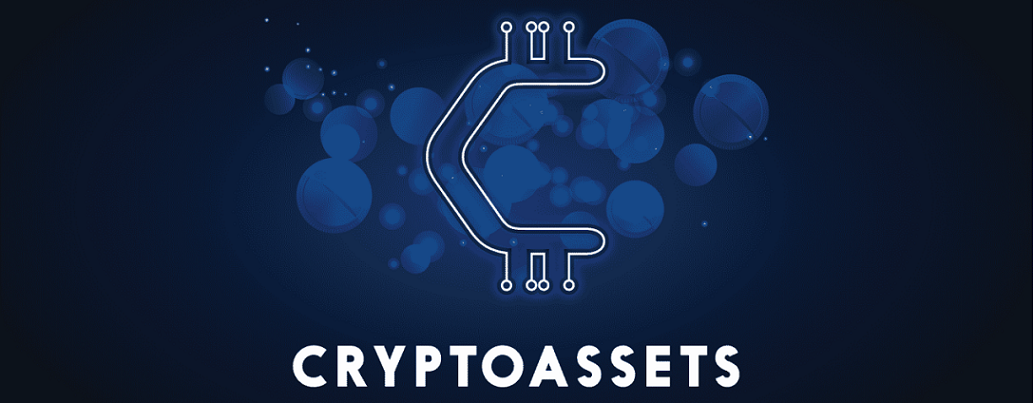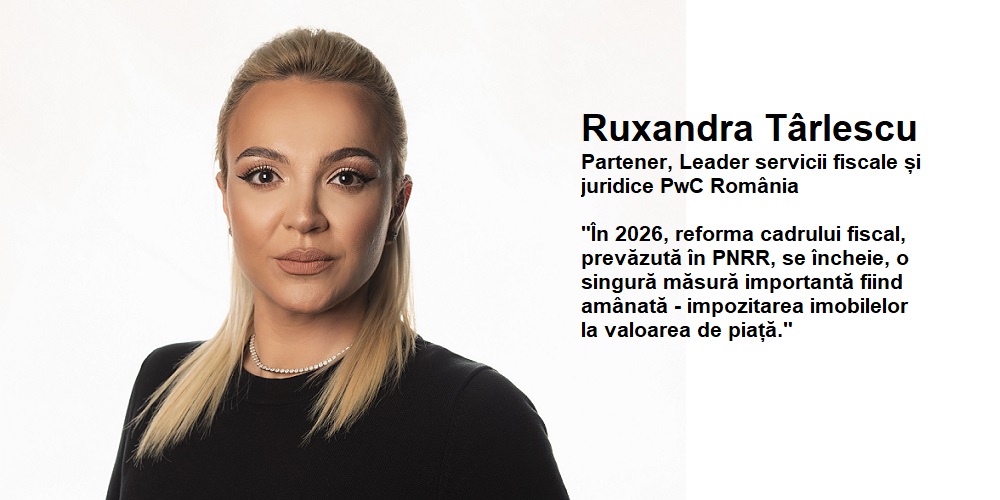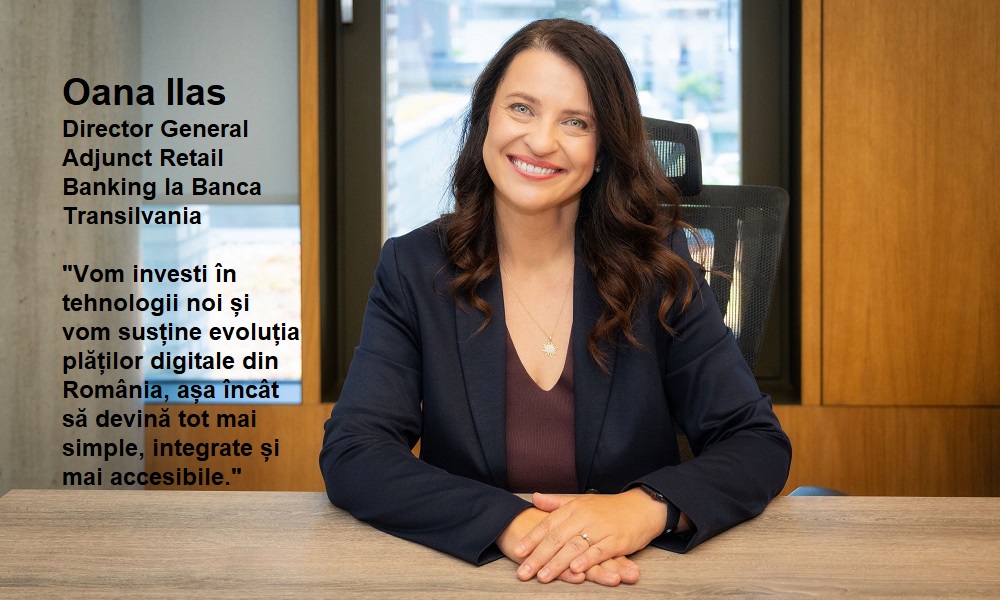EU rules for crypto assets: MiCA Regulation (I)

An article written by Tudor Nistor, lawyer specialized on payments & fintech. Other similar articles on small issuers exemption, significant payment tokens, MiCA bespoke authorization requirements for ART issuers and crypto-asset service providers will follow.
2022 will be a very interesting year for the crypto industry and especially for the crypto-assets issuers, crypto services providers, national/EU competent authorities and legal advisers in this industry.
I. BACKGROUND
The European Commission establishes a harmonized framework at EU level for crypto-assets and related activities and services, which forms part of the digital finance package adopted on 24 Sep 2020.
This package includes:
(i) a proposal for a regulation on the market in crypto-assets (MiCA Regulation);
(ii) proposal for a pilot regime on distributed ledger technology market infrastructures (Pilot DLT Regulation) – the first EU-wide sandbox;
(iii) a proposal to clarify or amend certain related EU financial services rules (can’t find a name for this, although is very important: will clarify that the existing definition of “financial instruments” which defines the scope of MiFID II includes financial instruments based on DLT – that are excluded from MiCA);
(iv) a proposal for digital operational resilience act (DORA).
II. MiCA REGULATION
MiCA (get used with this acronym, as you did with PSD2 or EMD2) is the first European-level legislative initiative aiming to introduce a harmonized and comprehensive framework for the issuance, application, and provision of services in crypto-assets (actually, the EU’s response to the policy debate caused by the Libra proposal in June 2019).
Excepting the EU legislation aimed at combating money laundering and terrorism financing, most of the crypto-assets fall outside the scope of EU financial services legislation. Therefore, MiCA ‘s objective is to fill a major regulatory gap and ensure a harmonized approach to crypto-assets across the EU Single Market.
MiCA may be implemented as early as mid-2022 to end of 2022 and aims to be fully operational by 2024.
III. SCOPE
MiCA applies to persons engaged in issuance of crypto-assets (such as payment tokens / stable coins or utility tokens) and to the crypto-assets services providers (CASP) in the European Union. Moreover, MiCA will apply to persons outside EU that issue crypto-assets in the EU or solicits, sells and promotes crypto-assets services to clients that are in the EU.
IV. NEGATIVE SCOPE
MiCA does not apply to crypto-assets qualifying as financial instruments under Markets in Financial Instruments Directive II (MiFID II), e-money under the Electronic Money Directive (EMD2), deposits or structured deposits under Deposit Guarantee Scheme Directive, securitized assets under the Securitization Regulation or crypto-assets issued by central banks or by other public authorities.
MiCA applies only to crypto-assets not subject to other EU financial law (hard work here when it comes to diferentiate between an „utility token” under MiCa and a security token that may qualify as a „financial instrument” under MiFID II).
V. CRYPTO-ASSETS UNDER MiCA
MiCA brings into its scope the general category of “crypto-assets” and further divides this in three subcategories: e-money tokens, asset-reference tokens and utility tokens.
A. Crypto assets -> a catch-all category
Legal definition: “a digital representation of value or rights which may be transferred and stored electronically, using distributed ledger technology (DLT) or similar technology.”
Also, DLT is defined by MiCA as “a type of technology that support the distributed recording of encrypted data.”
This „catch all category” include the type of assets that depend primarily on cryptography and DLT.
MiCA is intended to be “future proofed”, therefore the definitions of “crypto-assets” and “DLT” are widely as possible to capture all types of crypto-assets which currently fall outside the scope of EU legislation on financial services.
B. E-money Tokens (EMT) –> medium of exchange (electronic surrogates for coins and banknotes and are used for making payments)+ store of value
Legal definition: “a type of crypto-asset the main purpose of which is to be used as a means of exchange and that purports to maintain a stable value by referring to the value of a fiat currency that is legal tender.”
EMT purports to maintain a stable value by referring to the value of a „fiat currency” that is legal tender (as far as I know, such term „fiat curecny” is not used in the EU financial regulations…perhaps they will amend this).
Example: a 1 to 1 tokenised currency like EURO – EURO Stablecoin
C. Asset Reference Tokens (ART) –> store of value function, means of exchange or both?
Legal definition: “a type of crypto-asset that purports to maintain a stable value by referring to the value of several fiat currencies that are legal tender, one or several commodities or one or several crypto-assets, or a combination of such assets.”
In short, these are tokens referencing a basket of currencies, commodities and/or crypto-assets.
Recital 41 of MiCA explains that the prohibition of interest should ensure ART are mainly used as a means of exchange and not a store of value…let’s see.
Example: the proposed Libra would qualify as an ART
D. Utility Tokens -> non-financial purposes related to the operation of a digital platform and digital services.
Legal definition: “a type of crypto-asset which is intended to provide digital access to a good or service, available on DLT, and is only accepted by the issuer of that token.”
Those utility tokens may grant access or right(s) to use a company’s ecosystem, goods or services.
Those utility tokens that do not fall under MiFID II as a financial instrument (i.e. similar to a share, debenture, units of a collective investments scheme, or a derivative) are subject to MiCA.
Example: [possible] Filecoin token, Basic Attention Token
VI. ISSUERS OF E-MONEY TOKENS
The e-money tokens (EMTs) „regulated” by MiCA are crypto-assets that are intended primarily as a means of payment.
The function of the EMTs is very similar to the function of electronic money, as defined in the EMD2. Like e-money, the EMTs are electronic surrogates for coins and banknotes and are used for making payments, but as distinction, there is DLT or similar tech involved and used by the issuer.
Given that an EMT is referenced to only one fiat currency, an e-money token cannot qualify as an asset reference token (ART).
A. Authorization
An issuer of an EMT is a legal person who offers to the public (i.e., offer to third parties to acquire the EMT in exchange for fiat currency/funds) an EMT or seeks the admission of such EMT to a trading platform for crypto-assets.
Issuers of e-money tokens shall be authorized either as:
a) a Credit Institution under Directive 2013/36/EU (CRD); or
b) as an E-money Institution under the E-money Directive and they should comply with the relevant operational requirements of E-money Directive, unless specified otherwise in MiCA.
Where the issuance of EMT is below a certain threshold or where EMT can be exclusively held by qualified investors, issuers of EMT should not be subject to the authorisation requirements.
So, no EMTs shall be offered to the public in the EU or admitted to trading on a crypto-asset trading platform unless the issuer is authorised as a credit institution or as an electronic money institution.
Very important, EMT are deemed „electronic money” for the purpose of E-money Directive. Therefore, the issuer of EMT has to also comply with certain requirements of the E-money Directive, unless stated otherwise in MiCA.
Also important, an e-money token which references an EU currency shall be deemed to be offered to the public in the EU and thus subject to MiCA.
B. Some of the Requirements
a) White Paper. Issuers of EMTs should always produce a crypto-asset white paper (simmilar to a prospectus) and notify it to their national competent authority.
Contrary to the established prospectus rules, the crypto-assetwhite paper is not subject to any preliminary check or approval by any supervisors. However, there competent authorities are allowed to carry out supervisory functions before and after the publication of the white paper.
The crypto-asset white paper produced by an issuer of e-money tokens should contain all the relevant information concerning that issuer and the offer of e-money tokens or their admission to trading on a trading platform for crypto-assets that is necessary to enable potential buyers to make an informed purchase decision and understand the risks relating to the offer of e-money tokens.
Every crypto-asset white paper shall also include a statement from the management body of the issuer of EMT confirming that the crypto-asset white paper complies with the requirements of MiCA and specifying that, to their best knowledge, the information presented in the crypto-asset white paper is correct and that there is no significant omission.
And…if the info provided is not complete, fair or clear or is misleading, a holder of e-money tokens may claim damages from that issuer of e-money tokens or its management body for damage caused to her or him due to that infringement (that shall be demonstrated by the holder).
b) Redemption. Holders of EMTs should be provided with a claim on the issuer of the EMT concerned. Same as for the holders of the „classic” e-money under EMD2, the holders of EMT should always be granted with a redemption right at par value with the fiat currency that the EMT is referencing and at any moment (e.g., in cash or by credit transfer).
The EMT white paper should explicitly indicate that holders of e-money tokens are provided with a claim in the form of a right to redeem their e-money tokens against fiat currency at par value and at any moment.
Issuers of e-money tokens should be allowed to apply a fee, where holders of e-money tokens are asking for the redemption. Such a fee should be proportionate to the actual costs incurred by the issuer of EMT and shall always be pre-disclosed in the EMT white paper.
There is a time limit of a max. 30 days for ensuring the redemption right and, if not fulfilled, the holders of EMT have a right to request the EMT from the entities ensuring the safeguarding of funds or from the distributors of EMT. This is new comparing to what we have now in the Electronic Money Directive.
c) Interest not allowed. The issuers of e-money tokens (and/or any crypto-asset service providers as defined under MiCA), should not grant interests or any other benefit to holders of EMT for the time such holders are holdings those e-money tokens. This prohibition of granting interests is intended to limit the risks of shadow banking, as EMT holders would not have any interest in lending their holdings.
d) Reserve and Safeguarding Rules. EMT issuers are subject to the safeguarding requirements of E-money Directive (which itself refers to the PSD2 – > the funds received against the issued EMTs shall be deposited in a separate account in a credit institution or invested in secure, liquid low-risk assets as defined by the competent authorities of the home member state; and they shall be insulated in accordance with national law in the interest of the holders against the claims of other creditors of the EMT issuer, in particular in the event of insolvency).
d) Investment of funds received in exchange of e-money tokens. Where an issuer of e-money tokens invests the funds received in exchange for e-money tokens (i.e., in secure, low-risk assets in accordance with the E-money Directive), such funds should be invested in assets denominated in the same currency as the one that the e-money token is referencing (to avoid cross-currency risks).
___________
The above article is based on the current draft form of MiCA Regulation. If the case, the author will try to update the article in order to reflect any material modifications that MiCA may suffer.
Dariusz Mazurkiewicz – CEO at BLIK Polish Payment Standard
Banking 4.0 – „how was the experience for you”
„To be honest I think that Sinaia, your conference, is much better then Davos.”
Many more interesting quotes in the video below:












